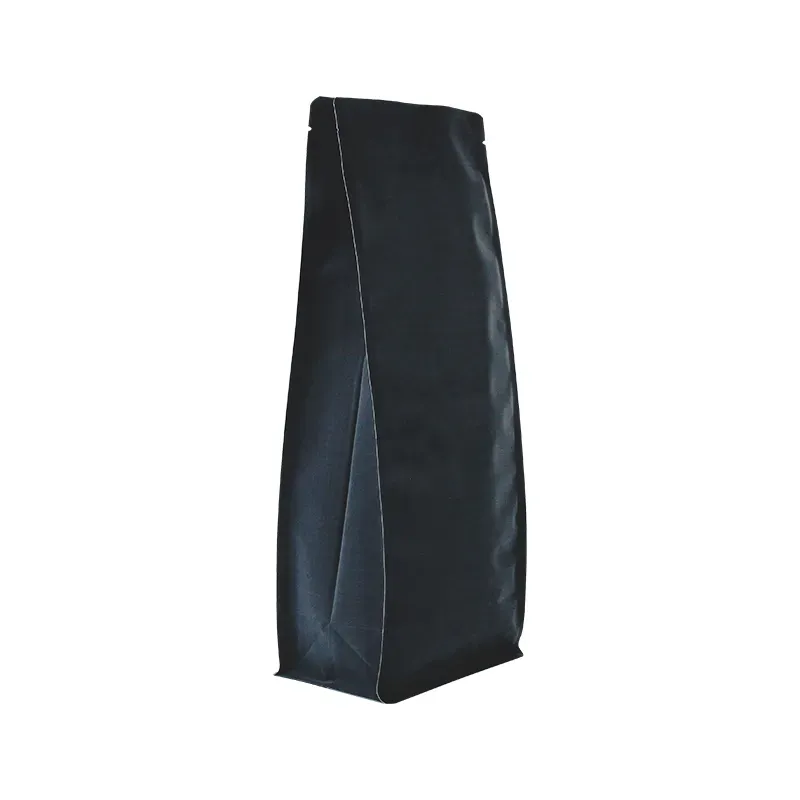- Afrikaans
- Albanian
- Amharic
- Arabic
- Armenian
- Azerbaijani
- Basque
- Belarusian
- Bengali
- Bosnian
- Bulgarian
- Catalan
- Cebuano
- chinese_simplified
- chinese_traditional
- Corsican
- Croatian
- Czech
- Danish
- Dutch
- English
- Esperanto
- Estonian
- Finnish
- French
- Frisian
- Galician
- Georgian
- German
- Greek
- Gujarati
- haitian_creole
- hausa
- hawaiian
- Hebrew
- Hindi
- Miao
- Hungarian
- Icelandic
- igbo
- Indonesian
- irish
- Italian
- Japanese
- Javanese
- Kannada
- kazakh
- Khmer
- Rwandese
- Korean
- Kurdish
- Kyrgyz
- Lao
- Latin
- Latvian
- Lithuanian
- Luxembourgish
- Macedonian
- Malgashi
- Malay
- Malayalam
- Maltese
- Maori
- Marathi
- Mongolian
- Myanmar
- Nepali
- Norwegian
- Norwegian
- Occitan
- Pashto
- Persian
- Polish
- Portuguese
- Punjabi
- Romanian
- Russian
- Samoan
- scottish-gaelic
- Serbian
- Sesotho
- Shona
- Sindhi
- Sinhala
- Slovak
- Slovenian
- Somali
- Spanish
- Sundanese
- Swahili
- Swedish
- Tagalog
- Tajik
- Tamil
- Tatar
- Telugu
- Thai
- Turkish
- Turkmen
- Ukrainian
- Urdu
- Uighur
- Uzbek
- Vietnamese
- Welsh
- Bantu
- Yiddish
- Yoruba
- Zulu
Understanding the Measurement Conversion from Millimeters to Other Units of Size
Understanding Millimeter Measurements What Does mm Mean in Size?
In our daily lives, we encounter various measurements that help us understand the dimensions of objects, whether they are tiny electronic components, household items, or industrial parts. One of the most commonly used units of measurement, especially in many parts of the world, is the millimeter (mm). This article aims to delve into what millimeters signify in terms of size and how they are applied in various contexts.
What is a Millimeter?
A millimeter is a unit of length in the metric system, which is widely used around the globe, aside from countries like the United States. The metric system is decimal-based, making it easier to convert between units. One millimeter is equal to one-thousandth of a meter (1 mm = 0.001 m). To put it into perspective, a millimeter is approximately the thickness of a dime or the width of a large grain of sand.
Why Millimeters Matter
Millimeters are crucial in many fields, including engineering, manufacturing, and everyday life. They provide precision and clarity when measuring small dimensions, which is especially important in industries such as electronics and automotive engineering, where even the slightest variance can significantly affect performance and safety.
For instance, when designing a smartphone, engineers must consider the dimensions of various components, such as the screen, battery, and circuitry, often measured in millimeters. Accurate measurements ensure that parts fit together seamlessly, promoting efficiency and preventing malfunctions.
Millimeters vs. Other Units
In the context of size, it's essential to recognize how millimeters compare to other units of measure. The millimeter is a smaller unit than both centimeters (cm) and inches. There are 10 millimeters in a centimeter and approximately 25.4 millimeters in an inch. This scale illustrates why millimeters are often preferred in specific technical and scientific fields — they provide a more precise measurement for small sizes.
what is mm in size

Applications of Millimeter Measurements
1. Manufacturing and Engineering In these sectors, millimeters play a vital role in creating parts that must fit together accurately. Tolerances, or the allowable variances in dimensions, are often specified in millimeters to guide the production process.
2. Architecture and Construction When it comes to blueprints and construction plans, precision is crucial. Architects use millimeters to detail measurements, ensuring that buildings and structures are built to exact specifications.
3. Healthcare Medical professionals often use millimeters to measure everything from the size of tumors in imaging scans to the diameter of surgical instruments.
4. Clothing and Textiles In fashion and apparel, millimeter measurements help designers create garments that fit the human body snugly. Size charts often include millimeter dimensions for more precise fitting.
5. Art and Craft Artists and crafters master the use of millimeters for detailing and scaling their projects, ensuring their works' proportions are maintained.
Conclusion
Understanding millimeters in terms of size is essential for various applications across industries, from engineering and architecture to healthcare and art. The precision offered by millimeter measurements allows for detailed work, ensuring that everything from the most delicate electronic components to architectural designs is executed with accuracy and care. As we continue to embrace a world driven by design, technology, and meticulousness, millimeters will undoubtedly remain a vital measure, helping us create and understand the world around us.
Whether you are a professional working in a technical field or a curious individual trying to grasp the nuances of measurements, knowing how to navigate these tiny yet crucial units can greatly enhance your comprehension and appreciation of size in our world. Keep in mind that while a millimeter may seem small, it represents a significant aspect of precision and detail that underpins much of what we interact with daily.













